7,668cc OHV inline six-cylinder engine, single carburetor, 100bhp at 3,000rpm Three-speed manual transmission Front semi-elliptical leaf springs and rear cantilever spring suspension Four-wheel servo-assisted drum brakes *Long term ownership by famed collector, John W. Straus owner of Macy's *Springfield Phantom with original coachwork from new *'Timewarp' original automobile The Phantom 1 Newmarket Rolls-Royce's 'single model' policy had proved an outstanding success for the company, but immediately after the end of The Great War the recession in the motor trade prompted the introduction of a smaller, cheaper 20hp car to be built alongside the existing 40/50hp Silver Ghost. Henry Royce's new design incorporated a number of modern features such as overhead valve-gear for its six-cylinder engine, a centre-change gearbox and 'Hotchkiss drive' rear axle, and the advanced newcomer's arrival only served to emphasise the Silver Ghost's Edwardian origins. However, the 45/50hp model would soon benefit from developments pioneered on its smaller sibling. Introduced by Rolls-Royce in 1925 to replace the Silver Ghost, the New Phantom (retrospectively known as the Phantom I) boasted an entirely new overhead-valve six-cylinder engine displacing 7,668cc and, like the contemporary 20hp model, adopted a disc-type clutch and adjustable radiator shutters. Its chassis though, remained essentially the same as that of the later, four-wheel-braked Silver Ghost and would continue fundamentally unchanged until the arrival of the Phantom II in 1929 brought with it an entirely new frame. Like its 'Ghost predecessor, the New Phantom was also produced by Rolls-Royce of America Incorporated, a subsidiary set up in December 1919 when the parent company purchased the American Wire Wheel Company's plant in Springfield, Massachusetts. Springfield commenced manufacture of the New Phantom in 1926 and by the second half of 1929 production had risen to 12 cars per week. This would prove to be the high point of Rolls-Royce of America's fortunes, the October '29 Wall Street Crash and the introduction of the Phantom II - re-tooling for which the US company could not afford - signalling the beginning of its decline. The Phantom I was in production for only five years and the Derby-built models ran parallel with the Springfield cars but ended in 1929, whereas the Americans continued until 1931. Unlike its British-built counterpart, the American product could be ordered with 'factory' bodywork, usually by Brewster, the latter company having been taken over by Rolls-Royce in December 1925. As well as manufacturing coachwork of the highest quality, Brewster had built its own automobiles from 1915 up to the time of its acquisition by Rolls-Royce, re-emerging as an auto-maker in its own right, using Ford chassis, when US Phantom production finally ceased in 1934 and the company became part of the reconstituted Springfield Manufacturing Corporation. Rolls-Royce of America chose to distinguish coachwork by naming each design style, taking their names from towns in the United Kingdom. Rivaling the very best coachbuilt convertible sedans built anywhere in the world, the Newmarket was an exquisitely proportioned body, with simple moldings and accessory detail. The Motorcar Offered This is fine and intrinsically highly original example of the all-weather Newmarket. The car has a known history from new, which is recorded on its factory records. It was originally sold to Arthur M. Loew of New York City, NY on June 3rd, 1930. Mr. Loew retained the car until after the war, when it passed to D. Rosenheim in June, 1946. Within a year, it became the property of E.M. Wurzel. All the while it remained in the New York City area, and it would soon become the property of two of the city's most prominent gentleman of this era: in March 1949, it was acquired by Judson H. Cox IV of Macy's Department store; later that same year it would pass to the company's owner, John W. Straus. It remained in
7,668cc OHV inline six-cylinder engine, single carburetor, 100bhp at 3,000rpm Three-speed manual transmission Front semi-elliptical leaf springs and rear cantilever spring suspension Four-wheel servo-assisted drum brakes *Long term ownership by famed collector, John W. Straus owner of Macy's *Springfield Phantom with original coachwork from new *'Timewarp' original automobile The Phantom 1 Newmarket Rolls-Royce's 'single model' policy had proved an outstanding success for the company, but immediately after the end of The Great War the recession in the motor trade prompted the introduction of a smaller, cheaper 20hp car to be built alongside the existing 40/50hp Silver Ghost. Henry Royce's new design incorporated a number of modern features such as overhead valve-gear for its six-cylinder engine, a centre-change gearbox and 'Hotchkiss drive' rear axle, and the advanced newcomer's arrival only served to emphasise the Silver Ghost's Edwardian origins. However, the 45/50hp model would soon benefit from developments pioneered on its smaller sibling. Introduced by Rolls-Royce in 1925 to replace the Silver Ghost, the New Phantom (retrospectively known as the Phantom I) boasted an entirely new overhead-valve six-cylinder engine displacing 7,668cc and, like the contemporary 20hp model, adopted a disc-type clutch and adjustable radiator shutters. Its chassis though, remained essentially the same as that of the later, four-wheel-braked Silver Ghost and would continue fundamentally unchanged until the arrival of the Phantom II in 1929 brought with it an entirely new frame. Like its 'Ghost predecessor, the New Phantom was also produced by Rolls-Royce of America Incorporated, a subsidiary set up in December 1919 when the parent company purchased the American Wire Wheel Company's plant in Springfield, Massachusetts. Springfield commenced manufacture of the New Phantom in 1926 and by the second half of 1929 production had risen to 12 cars per week. This would prove to be the high point of Rolls-Royce of America's fortunes, the October '29 Wall Street Crash and the introduction of the Phantom II - re-tooling for which the US company could not afford - signalling the beginning of its decline. The Phantom I was in production for only five years and the Derby-built models ran parallel with the Springfield cars but ended in 1929, whereas the Americans continued until 1931. Unlike its British-built counterpart, the American product could be ordered with 'factory' bodywork, usually by Brewster, the latter company having been taken over by Rolls-Royce in December 1925. As well as manufacturing coachwork of the highest quality, Brewster had built its own automobiles from 1915 up to the time of its acquisition by Rolls-Royce, re-emerging as an auto-maker in its own right, using Ford chassis, when US Phantom production finally ceased in 1934 and the company became part of the reconstituted Springfield Manufacturing Corporation. Rolls-Royce of America chose to distinguish coachwork by naming each design style, taking their names from towns in the United Kingdom. Rivaling the very best coachbuilt convertible sedans built anywhere in the world, the Newmarket was an exquisitely proportioned body, with simple moldings and accessory detail. The Motorcar Offered This is fine and intrinsically highly original example of the all-weather Newmarket. The car has a known history from new, which is recorded on its factory records. It was originally sold to Arthur M. Loew of New York City, NY on June 3rd, 1930. Mr. Loew retained the car until after the war, when it passed to D. Rosenheim in June, 1946. Within a year, it became the property of E.M. Wurzel. All the while it remained in the New York City area, and it would soon become the property of two of the city's most prominent gentleman of this era: in March 1949, it was acquired by Judson H. Cox IV of Macy's Department store; later that same year it would pass to the company's owner, John W. Straus. It remained in




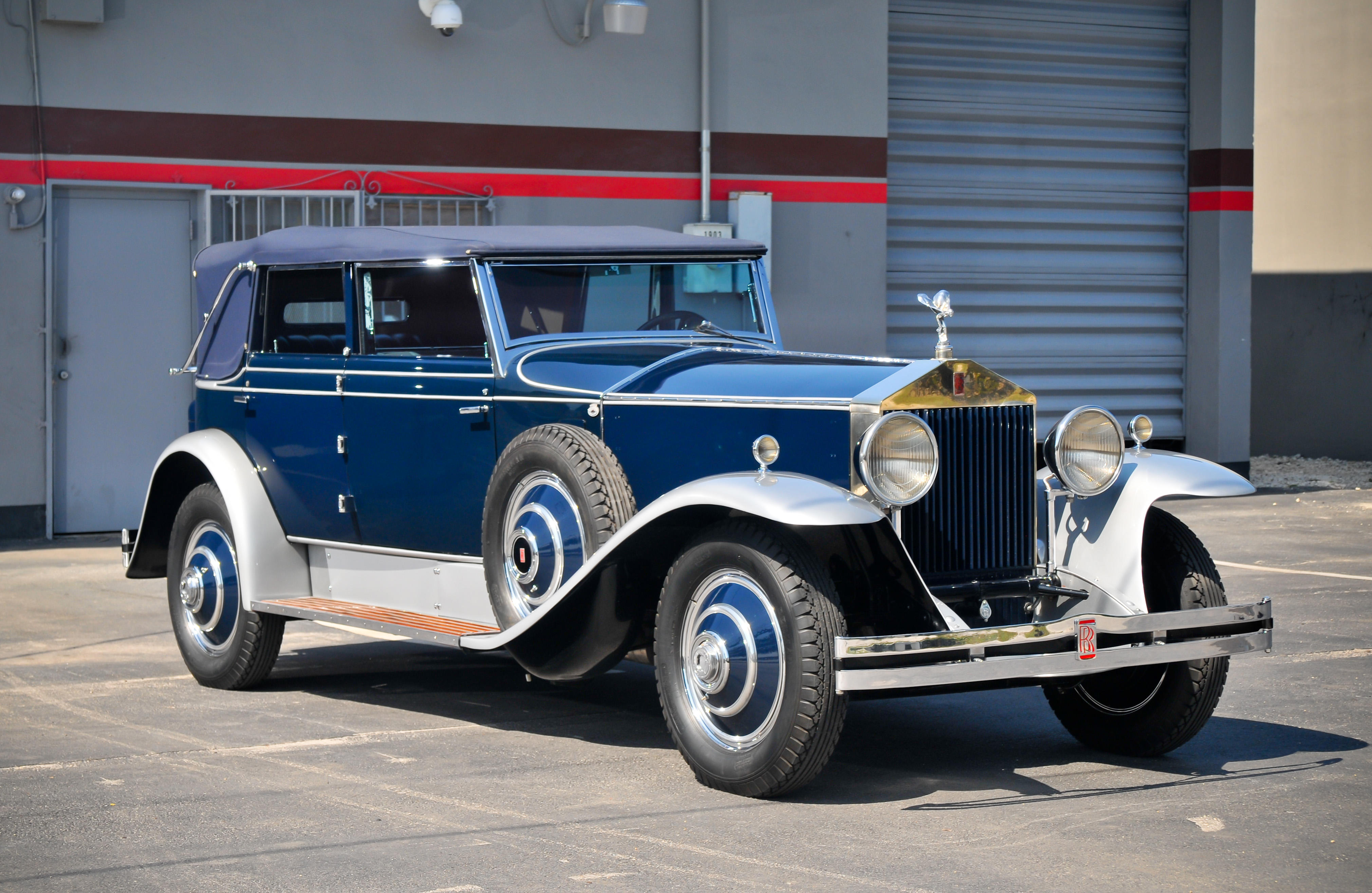
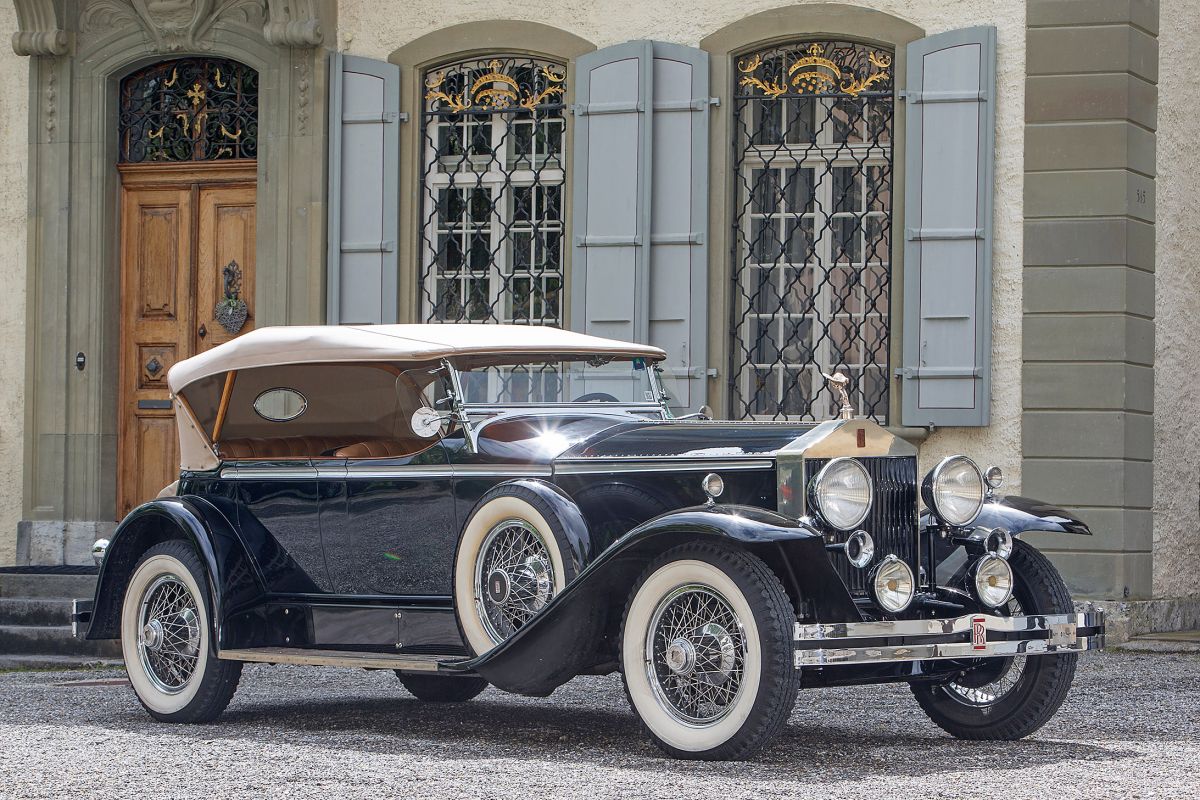

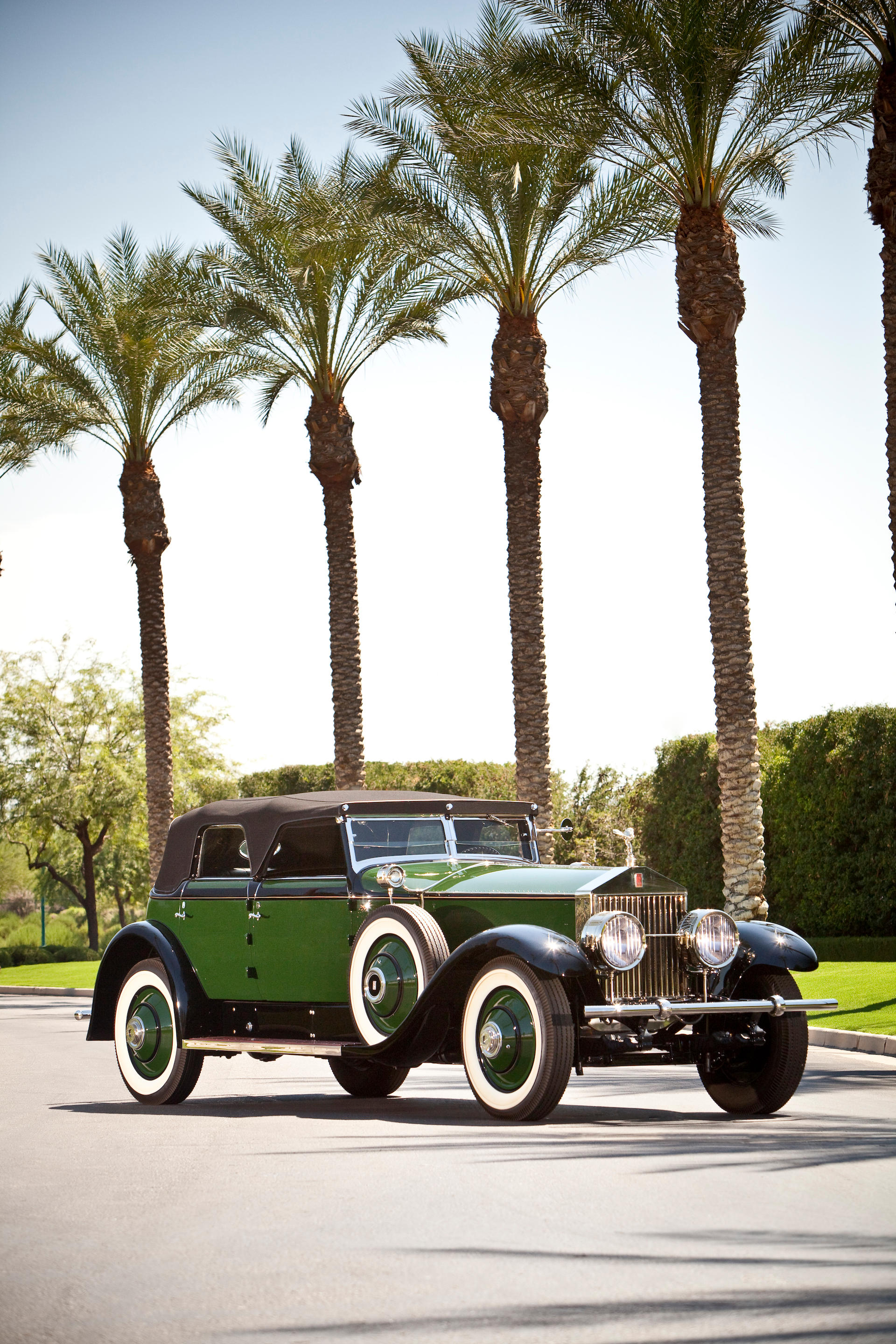
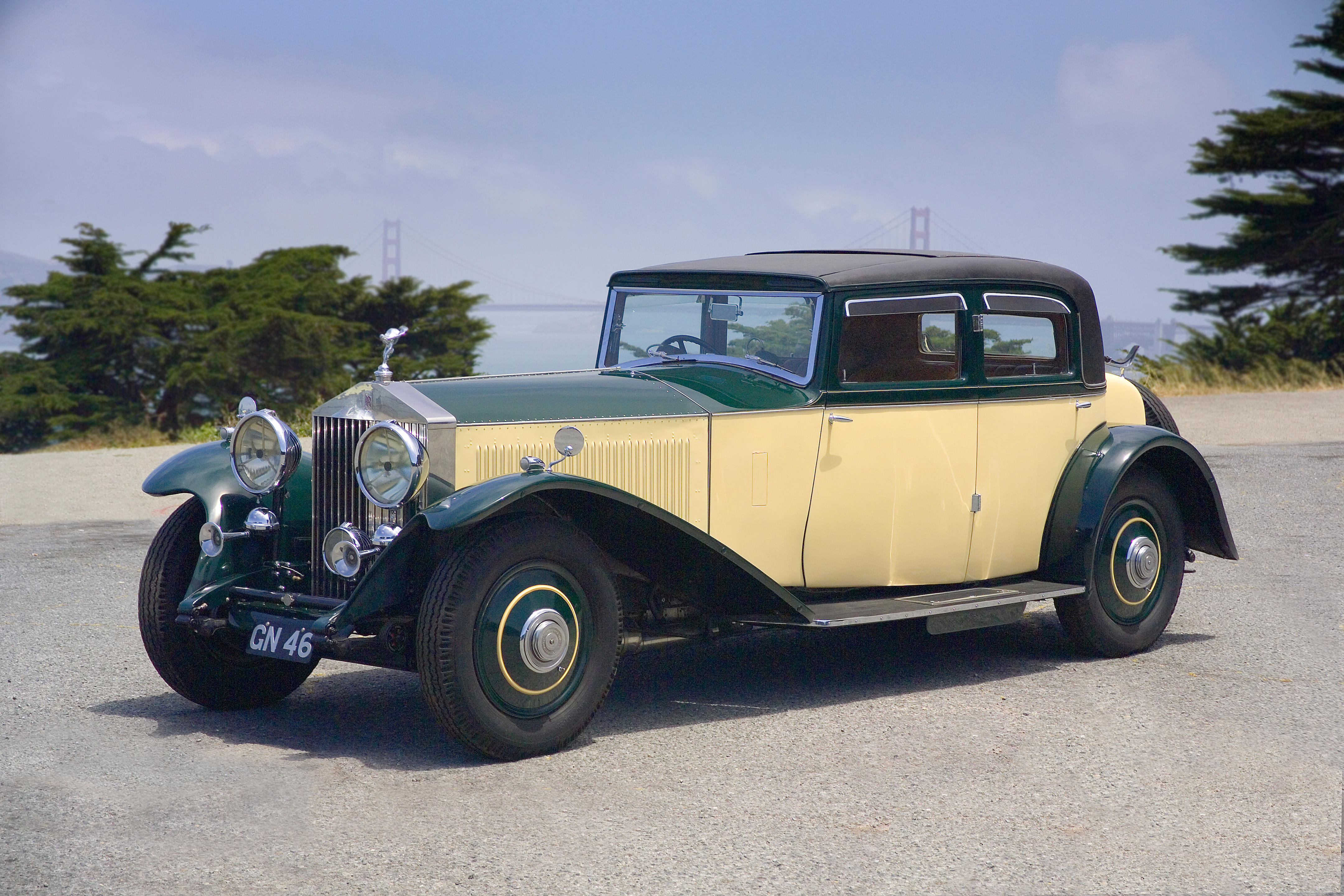
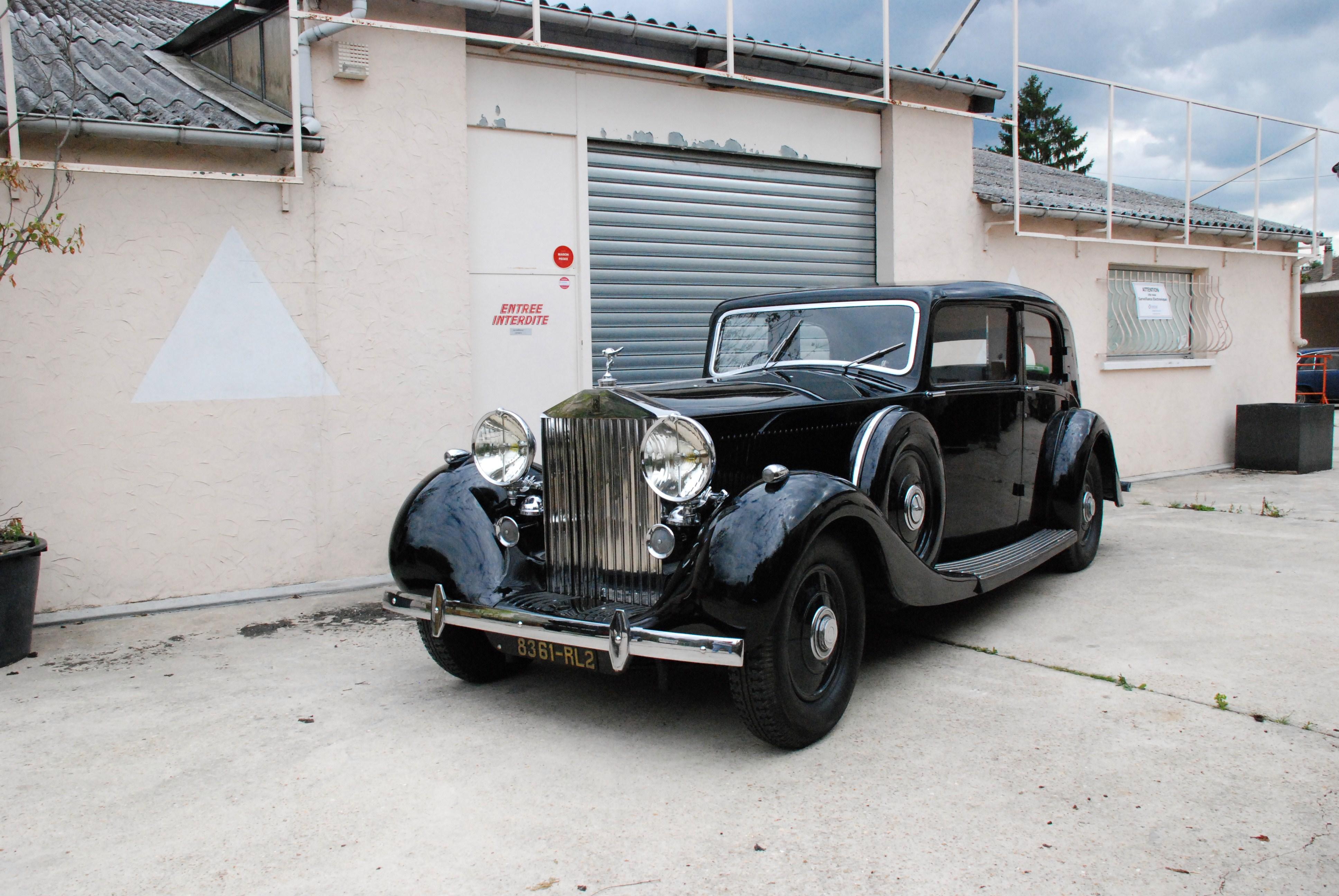





Testen Sie LotSearch und seine Premium-Features 7 Tage - ohne Kosten!
Lassen Sie sich automatisch über neue Objekte in kommenden Auktionen benachrichtigen.
Suchauftrag anlegen